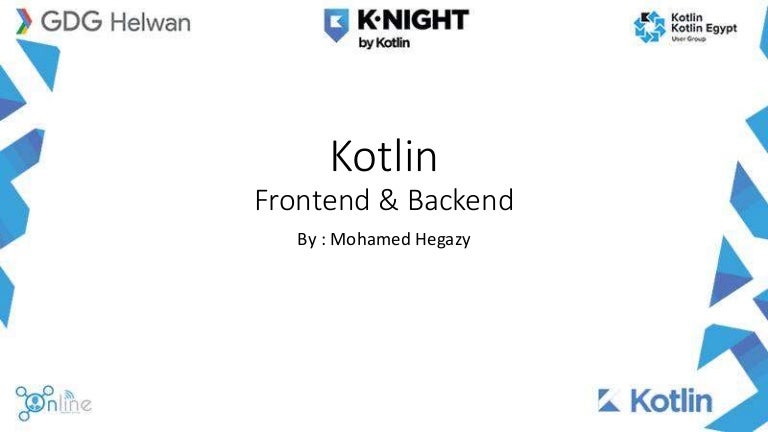

The other targets (iOS, Compose for Web Canvas) are experimental and under development. In androidMain source set you can use almost all information from the docs, and in commonMain source set you can use information from Foundation and Design sections. Well organized and easy to understand Web building tutorials with lots of examples of how to use HTML, CSS, JavaScript, SQL, PHP, Python, Bootstrap. You can create a multiplatform project with Android support via IDEA Project Wizard, or by copying multiplatform template. Note that when you use Compose Multiplatform, you setup your project differently. Kotlin for WebAssembly will provide users with a powerful tool for writing code that is optimized for load-time efficiency, size, and predictable speeds. The docs published by Google are great and describe how to develop on Compose for Android. Compose for Web HTMLĬompose Multiplatform uses Jetpack Compose developed by Google when you target Android platform.

Spring is a very complete framework and maybe its the only one that has that feature you need. They were originally written for Android, but most of information applies to Compose for Desktop as well. I understand that a popular stack for Kotlin backend web development is Ktor + Exposed + rdbms (as popular as Kotlin nowadays can be.).

Ktor version: Choose the latest Ktor version. Artifact: This field shows a generated artifact name. Website: Leave the default value as a domain used to generate a package name. Tutorials Compose for DesktopĪlso, see Foundation and Design docs from Google. Build System: Make sure that Gradle Kotlin is selected as a build system. Preview functionality (check your application UI without building/running it) for desktop platforms is available via IDEA plugin. Compose Kotlin UI framework port for desktop platforms (macOS, Linux, Windows) and Web, components outside of the core Compose repository.


 0 kommentar(er)
0 kommentar(er)
